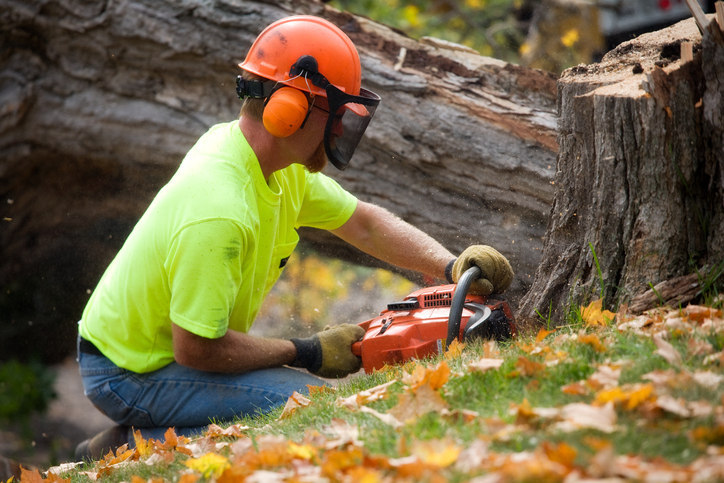. Guilford CT Tree Trimming and Removal Service Professionals.
Wiki Article
Comprehending the Significance of Tree Preservation and Preservation Practices in Urban Locations
In the bustling landscape of urban environments, trees often stand as silent guardians, supplying a multitude of benefits that extend much beyond their aesthetic charm. As we check out the intertwined textile of environmental, social, and economic benefits that metropolitan trees provide, it comes to be evident that their preservation is crucial for the well-being of future and existing generations.Environmental Advantages of Trees in Cities
Trees in city areas play a vital duty in offering numerous ecological benefits, contributing to the total wellness of city slicker. One substantial advantage is the renovation of air high quality. Trees work as natural filters, taking in pollutants such as carbon monoxide gas, sulfur dioxide, and nitrogen dioxide, and releasing oxygen right into the environment. This procedure helps in reducing the concentration of unsafe gases, making the air cleanser and healthier for residents.
Furthermore, trees add to water monitoring by minimizing stormwater overflow and soil disintegration. Generally, the ecological benefits of trees in cities are essential for producing habitable and sustainable city atmospheres.
Social Significance of Urban Tree Conservation
In modern urban landscapes, the conservation of trees holds significant social importance for fostering area wellness and boosting top quality of life. Urban tree conservation plays a crucial duty in creating areas for social interaction and neighborhood interaction.
Economic Worth of Tree Conservation
The preservation and conservation of city trees offer significant financial benefits that add to the total financial health of communities and cities. Urban trees offer a broad array of economic benefits that positively influence regional economic climates. One substantial economic advantage of tree preservation is the increase in residential property worths. Trees improve the visual charm of neighborhoods, bring about higher home worths and drawing in potential buyers or tenants. Urban trees help minimize energy expenses by offering color in the summer and acting as windbreaks in the winter, thereby lowering the demand for home heating and cooling down systems.Additionally, trees play a critical function in lowering stormwater runoff and mitigating the effects of flooding, which can cause cost financial savings for cities in regards to infrastructure maintenance and repair. Urban trees also contribute to improved air quality by releasing and taking in toxins oxygen, bring about possible cost savings in health care expenses connected with breathing illnesses. By acknowledging and spending in the economic worth of tree conservation, cities can advertise lasting development, boost lifestyle, and develop more resistant metropolitan atmospheres.
Strategies for Sustainable Urban Tree Administration
A comprehensive strategy to lasting urban tree administration includes incorporating diverse approaches that focus on lasting environmental health and wellness and neighborhood wellness. Applying tree inventories and evaluations is vital to comprehend city tree populaces, their wellness, and maintenance needs.Community engagement plays an essential function in sustainable urban tree monitoring. Educating locals concerning the benefits of trees, organizing tree planting occasions, and including volunteers in tree treatment tasks fosters a sense of ownership and stewardship. Partnership in between neighborhood federal government, environmental companies, and residents is key to establishing and carrying out efficient tree monitoring plans.
Buying environment-friendly infrastructure, such as eco-friendly roofing systems and urban woodlands, can offer several advantages, including boosted air high quality, stormwater administration, and metropolitan heat island reduction. tree removal. Integrating trees right into city planning and design processes ensures that trees are valued as vital parts of a healthy and balanced and resilient urban setting
Community Involvement in Tree Conservation
Neighborhood involvement is a fundamental component in fostering sustainable city tree monitoring practices and making certain the long-term health and wellness and conservation of metropolitan tree populations. Involving the community in tree conservation campaigns can result in increased understanding, admiration, and stewardship of trees within city locations. When citizens proactively take part in tree upkeep, planting, and conservation efforts, they create a feeling of possession and pride in their local setting.Area participation likewise advertises social cohesion and cooperation among citizens, neighborhood authorities, and ecological organizations, promoting a common obligation for urban tree preservation. By organizing tree growing events, academic workshops, and volunteer opportunities, neighborhoods can work together to enhance the city tree cover and produce greener, much healthier cities.
Conclusion
To conclude, urban tree preservation and conservation practices play a crucial duty in improving the ecological, social, and economic wellness of cities. By identifying the value of trees in city areas and applying lasting management approaches, areas can enjoy the various benefits that trees provide. It is important for stakeholders to actively join tree preservation efforts to guarantee a greener and much healthier metropolitan atmosphere for present and future generations.
Report this wiki page